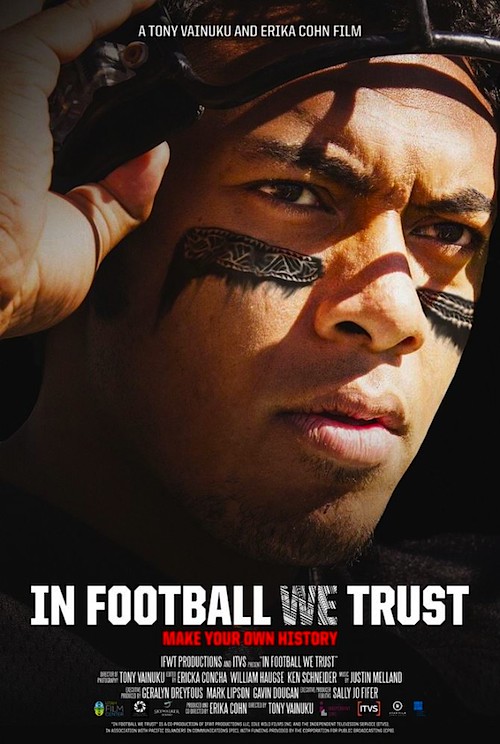By Joe Bendel. This is the film they did not get to see at the 1974 Cannes Film Festival. Les Blank’s Blankian documentary profile of Leon Russell had been accepted by the fest, but its subject refused to sanction its release. Inconveniently, it was a work-for-hire project for which Russell retained all rights, only allowing occasional screenings at Blank retrospectives, provided the filmmaker was in attendance. Finally, Harrod Blank has fulfilled the bucket-list item inherited from his late father, shepherding A Poem is a Naked Person to its long-awaited theatrical release, starting this Wednesday at Film Forum.
In the early 1970s, Russell was a highly regarded session musician poised to break out as a solo artist. He was touring regularly and had already released an album that went gold. Having shared in the critical heat generated by the Mad Dogs & Englishmen documentary when he was performing as Joe Cocker’s musical right-hand man, Russell and his producer Denny Cordell wanted their own doc to showcase the singer-songwriter-piano player as a leader. Blank was recommended and accepted the gig, setting up shop in the artist colony-like grounds surrounding Russell’s private studio.
Of course, Blank would not merely point the camera at Russell and ask some softball questions backstage. He became intrigued and inspired by Russell’s relationship with the neighboring Oklahoma community. When you watch Poem you understand all the influences that shaped Russell into a rocker, whose set lists were filled with songs by Hank Williams and Leadbelly. Blank also relished the eccentricities of the colorful locals, such as the old couple who attended building demolitions like rock groupies, as well as the other artists Russell had pulled into his orbit. Painter Jim Franklin is particularly notable. He had been recruited to paint murals on the studio walls, but his creative impulses found more stimulation at the bottom of Russell’s empty swimming pool. Decades later he would paint the film’s poster.
There is no shortage of Russell’s music in Poem. Blank also captures performances by George Jones, Willie Nelson, and Dejan’s Olympia Brass Band. Yet, it is the seemingly eccentric, but actually quite telling interludes that must have thrown Russell and Cordell. Frankly, in terms of tone, Poem is not so very different from Bert Stern’s enduring classic Jazz on a Summer’s Day, but they just didn’t get it, until now. Although this caused Blank much frustration, it probably did more long term harm to Russell’s career.

Had it released in 1974, Poem may very well have been Blank’s biggest box office hit, but it is hard to believe he would have gone Hollywood rather than making classics like Werner Herzog Eats his Shoe, Burden of Dreams, and Always for Pleasure. On the other hand, it is easy to imagine Poem getting revived year after year, to screen alongside perennials like Scorsese’s The Last Waltz. Frankly, Poem was perfect for its time, reflecting the youth culture’s increasingly ironic relationship with media. Had it been readily accessible, Blank’s film would have maintained awareness of Russell, regularly introducing him to new fans. Instead, he has become a cult figure in need of periodic rediscovery.
There is indeed some great music in Poem. Whether your tastes run towards rock, country, or blues, Russell’s sound is swampy enough for all to relate to. It is also an excellent example of Blank’s keen eye for regional culture and his gently humanistic sense of humor. According to the legends that have swirled around the long unseen film, a parachutist seen performing a glass eating trick on-camera is thought by some to be D.B. Cooper. Unfortunately, Mr. Cooper has not been available to confirm or deny his participation. Regardless, it is a whole lot of funky fun. Highly recommended for fans of Southern blues-roots-rock and Blank’s slyly insightful style of documentary filmmaking, A Poem is a Naked Person finally opens this Wednesday (7/1) in New York, at Film Forum.
LFM GRADE: A-
Posted on June 30th, 2015 at 12:39pm.




